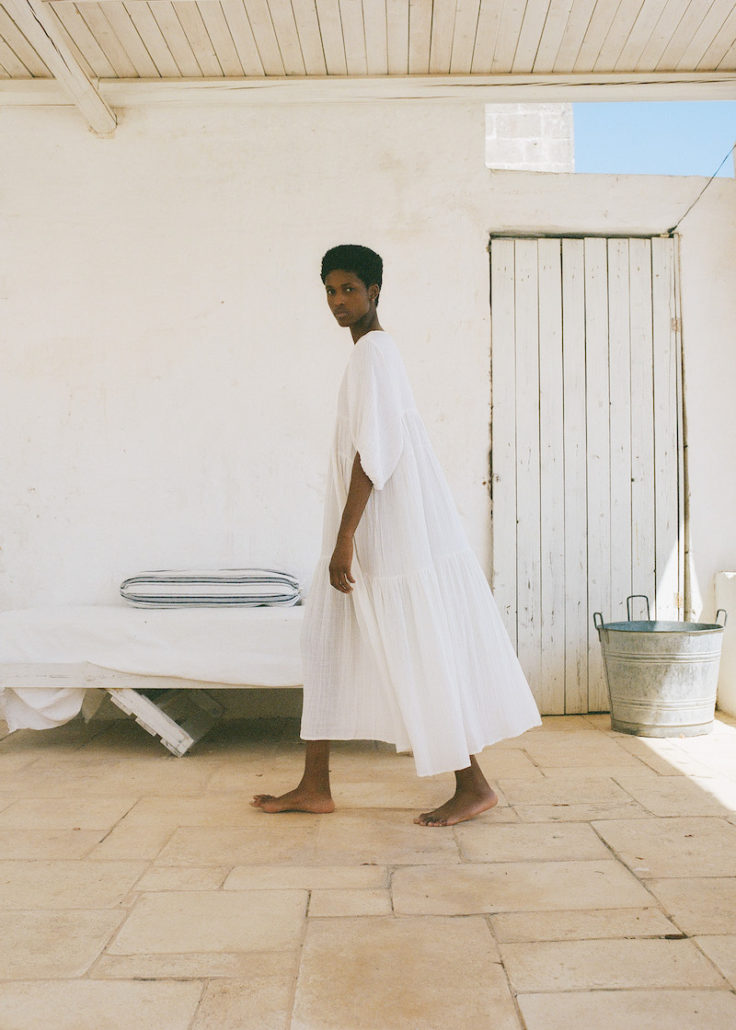Just before dressing seemingly nearly everyone at the America-themed Met Gala, Prabal Gurung designed a collection honoring the “American Girl” and all that means in 2021. That meant an inclusive, intersectional embrace of models across spectrums of size, race, and gender. It also meant a vibrant collection that felt of-the-moment in a time when we’re all still struggling to remember what year it is.
Florals for spring…but groundbreaking? Here, under Gurung’s aegis, it’s absolutely possible. Abstracting chintzy prints, blowing them up, and pairing them with fluorescent colors and parachute proportions, he makes the well-trodden tropes of spring fresh again. Picnic ginghams were done in bright oranges and pinks or stretched across curves in body-con cocktail dresses.
And genderplay was all over too, with suiting and skirting that was treated with little care for the binary, like a pastel menswear getup covering up a drapey silk top.

























